
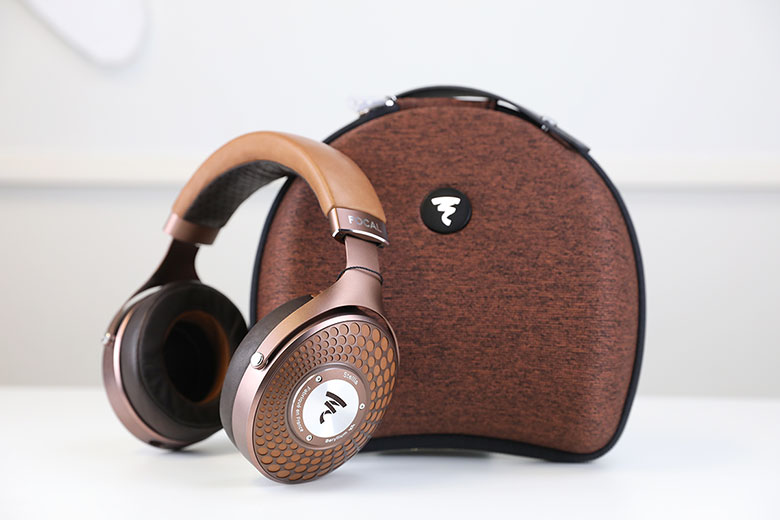
The Master Switch


The Master Switch
Imagine you’ve been sucked into the world of audio and you’re ready to spend a bit of money on a pair of high-end headphones. You’ll quickly discover that there are hundreds, if not thousands, of models available and picking the best one can often be bewildering. Fortunately, we can help. Here, we’ve broken down the key steps in choosing high-end headphones, from driver types and housing design to impedance and sensitivity. And for a look at our top picks, see our article on the best high-end headphones.
The first thing to understand is the difference between high-end headphones and what we call, for lack of a better word, regular headphones. We don’t mean “regular” as an insult, and you’ll see why by the end of the next sentence. High-end headphones are specifically designed to deliver the highest possible audio quality, whereas regular headphones often steer towards advanced features like noise-canceling, waterproofing, and smart technology. We appreciate the latter as much as we appreciate the former – after all, we don’t plan on taking our expensive pair of bulky, high-end headphones on a transatlantic trip.
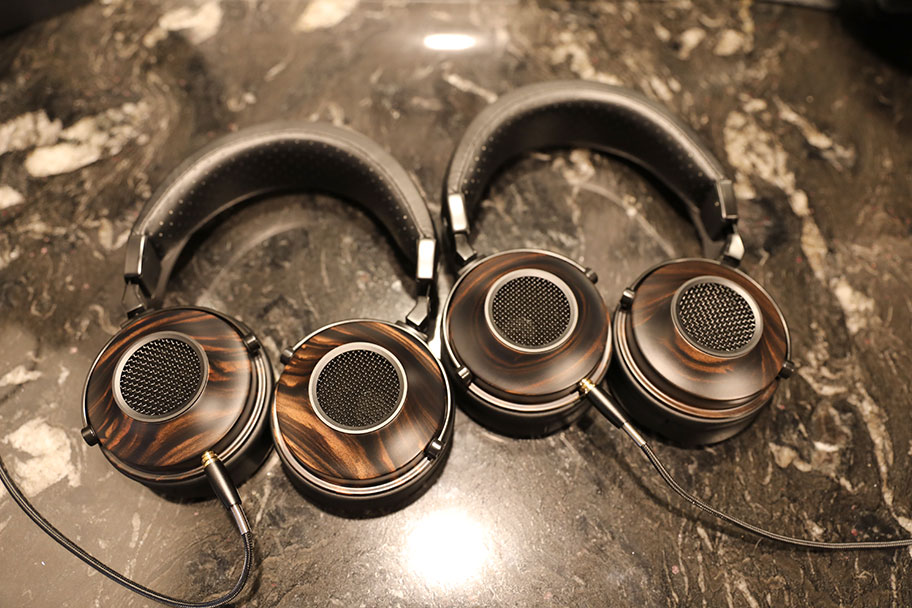
That being said, working out whether a pair of headphones qualifies as high-end – in the sense that it will focus on sound quality above everything else – can be trickier than just looking at the price tag. We maintain a full list of the best high-end headphones available, and you’ll quickly see that several brands dominate. Names like Focal, Audeze, ZMF, and HiFiMAN are mentioned regularly, but when we talk about everyday headphones, you’ll frequently see big brands like Sony, Apple, Bose, and Jabra. The boundaries can be fuzzy, as some common brands also produce high-end headphones. Sony, for example, have frequently made excellent high-end models, and several of their more affordable products sound superb. If you’re looking at a particular set of headphones, spend some time on the manufacturer website and see what elements they emphasize. If it’s sound quality, then you’re likely to get a good high-end experience.
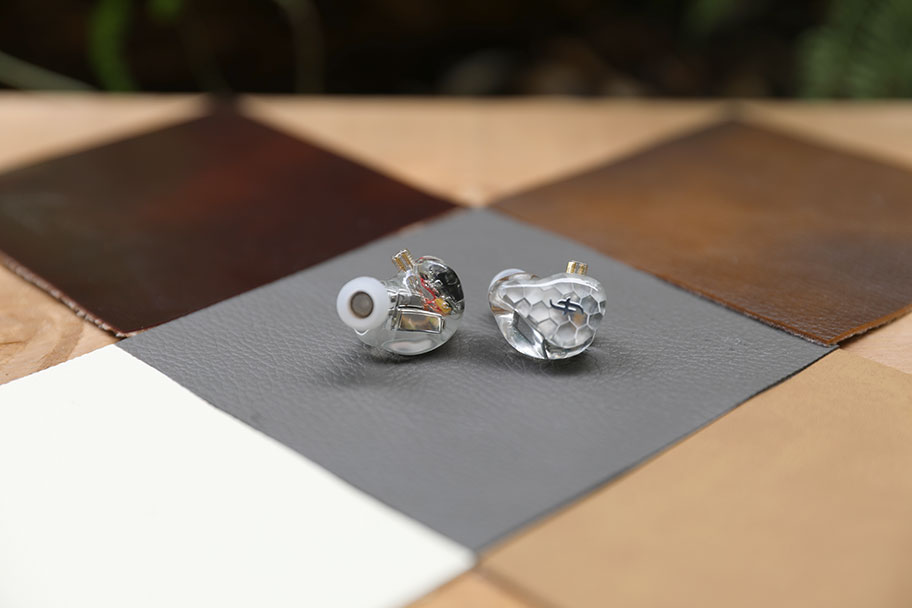
Before you buy, you need to think about the kind of headphones you’re looking for. In the world of high-end cans, there are two broad types. Firstly, there are big over-ear models – as the name suggests, these have cups that completely enclose the ear, joined by a headband. Secondly, there are in-ears - sometimes called in-ear monitors or IEMs. These, as the name suggests, fit inside the ear like a regular pair of earbuds. In fact, they are earbuds, but with a hoity-toity name.
There are advantages and disadvantages to each type. Over-ear headphones typically have more expansive and detailed sound, but they can be heavy and often require an external amp to use. In-ears are much lighter and more versatile. They also excel in delivering great bass, thanks to the fact that they completely fill your ear canal. However, they can be quite expensive, due to their complicated systems of tiny drivers, and unforgiving when made with poor source material.
It’s worth noting that we very rarely recommend high-end headphones that are on-ear models – as in, headphones which sit directly on the ear, rather than enclosing it. Generally, these headphones don’t sound as good as other designs, and can be quite uncomfortable. We tend to steer clear of them.
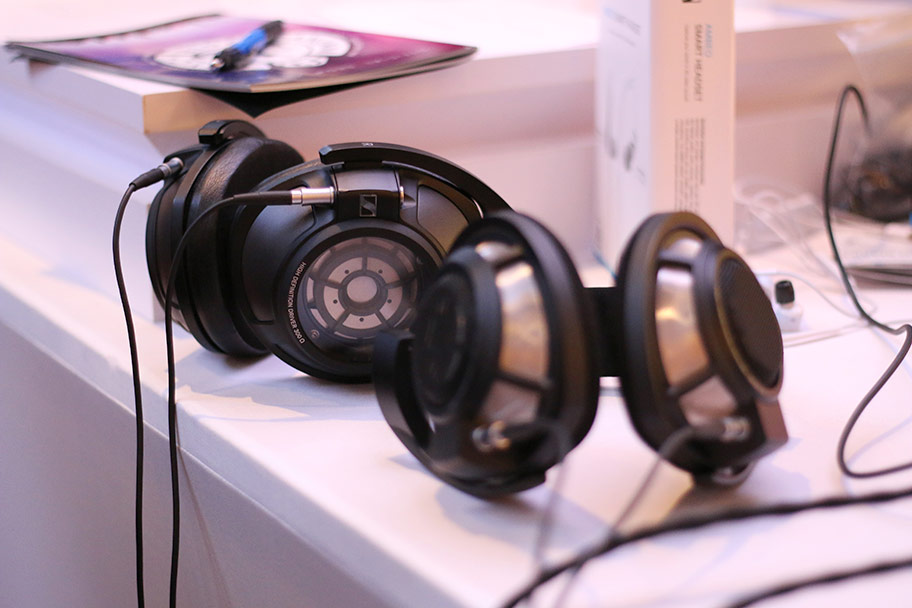
Let’s say you’ve decided to go for a pair of over-ears. You’ll now need to decide if you want to buy a pair of open-back or closed-back headphones. Open-back models have a grill or opening on the outside of the earcups. Closed-back drivers, on the other hand, are completely sealed.
Again, there are advantages and disadvantages to each design. Open-back headphones, like the stellar Focal Utopia (full review here) let air interact with the driver. This fundamentally changes the sound, and makes the audio feel more open and natural. It increases the space in your music, meaning that it will sound as if it’s coming from all around you. The downside is that open-back headphones bleed sound – everyone around you will be able to hear what you’re listening to. Depending on your taste in music, this may or may not be a bad thing, but in general we caution against using open-backs in public places. It may come as a surprise, but there are actually open-back in-ear headphones, but they are very rare.
Closed-back headphones don’t bleed sound in the same way that open-backs do. What you’re listening to will stay private. Unfortunately, they are often less airy and detailed because of this. This does not make them better or worse; they’re just different. For example, we currently have the $799 Campfire Audio Cascade in our top five high-end headphones. The Cascades are a pair of light, flexible closed-backs, and they sound superb.
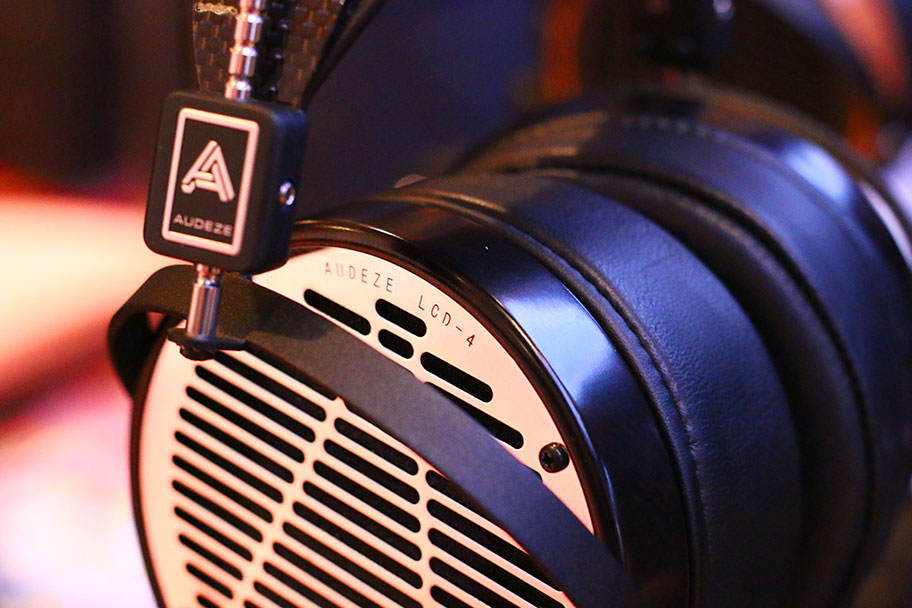
Now that you’ve decided what type of headphones you want, it’s time to talk about power. Headphones cannot function without electrical power. They can get this power from many sources, so the next decision you need to make is this: where are you getting that power from? Will you be using a smartphone or an external amplifier?
To figure this out, you need to look at a particular headphone spec called impedance. Impedance is electrical resistance, measured in ohms (Ω), and is a clear number that will tell you how much power your headphones require. If a pair of headphones has an impedance of 32Ω or less, then it can quite comfortably be driven by a regular smartphone. From 32Ω-100Ω, it can still be driven by a smartphone, but you’ll get better results from using an external amplifier. Anything above 100Ω, and it’s strongly recommended you go for the latter option.
As an example, we recommend you check out the AUDEZE LCD2C (full review here), which are a big pair of over-ear headphones with an impedance of 70Ω. During our testing, we got decent results when listening through our smartphone, but the headphones really sang when plugged into an external amplifier. You can read more about amplifiers below, but the takeaway is this. If you have a handle on impedance, you will easily be able to get the best out of your headphones.
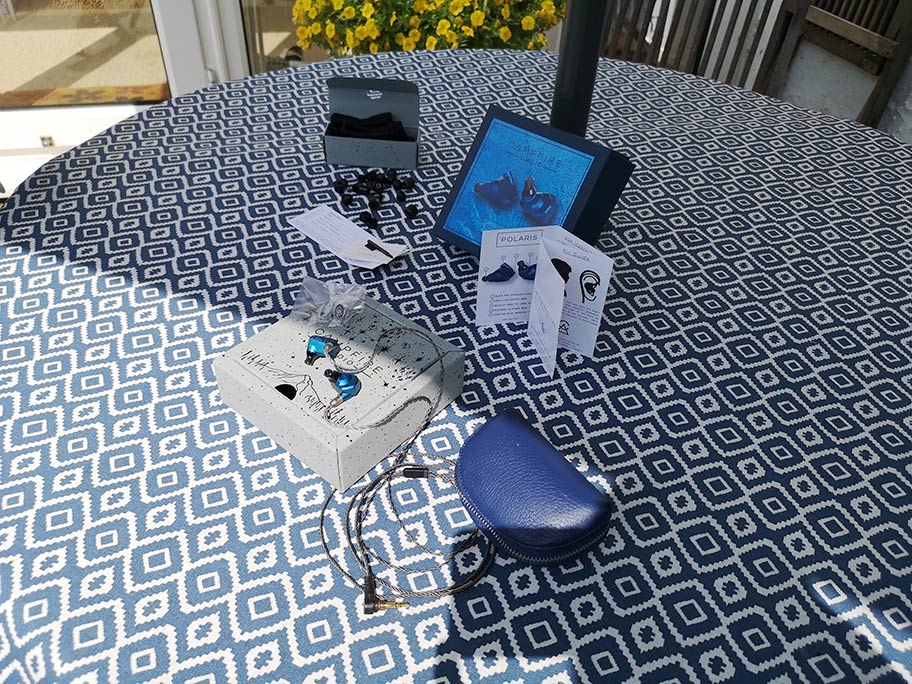
A second, slightly less important spec to pay attention to is sensitivity. It’s a measure of how loud a pair of headphones can get. Essentially, sensitivity is a decibel rating at a given power input - usually one milliwatt. The higher the number of decibels (dB), the louder a pair of headphones will be at that particular power level. In general, anything above 105dB is considered loud as hell, and it’s rare to see headphones below a sensitivity of 90dB. In general, you don’t have to pay too much attention to sensitivity unless volume is your main concern. It’s far more important to look at a headphone’s impedance, discussed above.
However, there are certain circumstances where it pays to know about sensitivity. The Campfire Audio Polaris 2 (full review here) are a pair of in-ears with a sensitivity of 105dB. That is very loud, and means you won’t have to apply much power to get a decent volume level. Since they’re also pretty forgiving in terms of impedance, with 17Ω, you can quite comfortably drive them with a smartphone… But you might not want to. High-sensitivity headphones and in-ears can often pick up hiss and electrical noise from low power sources, especially when the volume is turned up. This can easily be rectified by using an external headphone amp, which almost always delivers enough power.
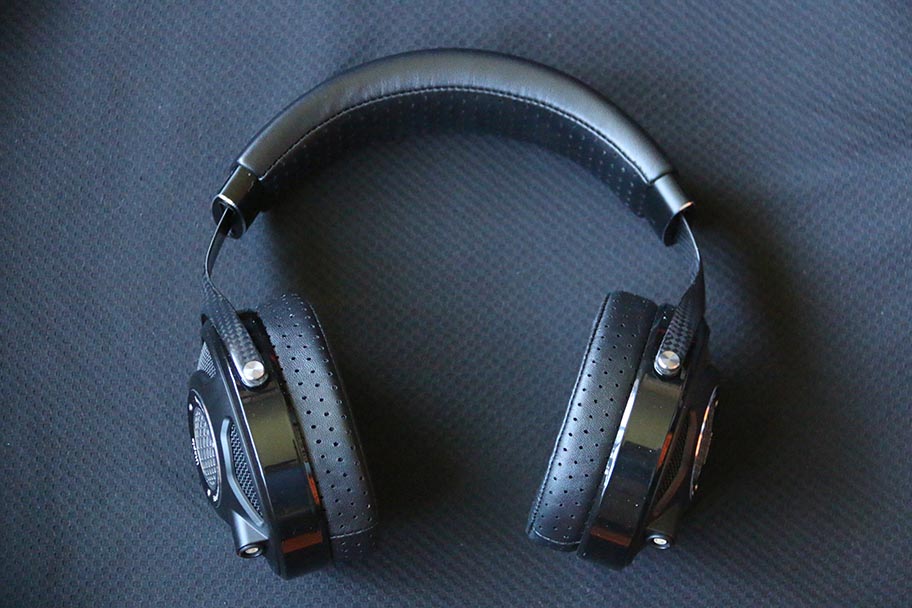
Drivers are the part of the headphones that actually make sound, and there are three main types. The first and most common are known as dynamic drivers. They use a moving coil of wire and a magnet to push the driver, creating sound. You’ll find these drivers in almost everything that makes noise, especially in less expensive headphones.
Then, there are planar magnetic drivers - planars, to those familiar. These use strong magnets to spread a force across the diaphragm, creating sound. Generally speaking, the sound created by planars is more open, detailed, and clean than that created by dynamic drivers. However, this does not mean that dynamics are bad and planars are good – they are just different. For example, the aforementioned Focal Utopia are dynamic headphones, and we consider them to be in contention for the title of best headphones ever made - as well as the most expensive.
There is a third type of driver called electrostatic. These use a mylar diaphragm sitting between two conductive plates, and the sound quality they produce can typically be described as ethereal, detailed, and hyper-realistic. They are, to be honest, an acquired taste. Electrostatic headphones require specialized amplifiers to use and are often hideously expensive. They’re worth looking at if you’re deep in the headphone rabbit hole and want to expand your collection, but if you’re just starting out, a pair of dynamic or planar headphones will do just fine.
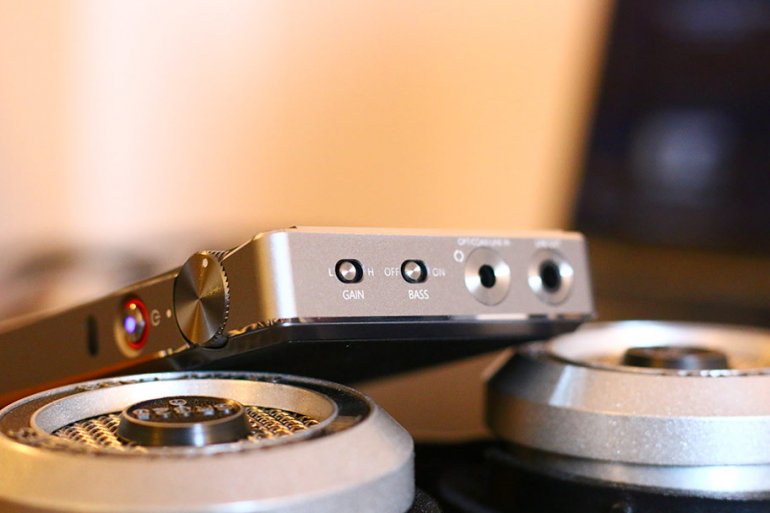
Let’s say you’ve chosen your headphones, and you’ve decided that, instead of simply listening to them from your smartphone or laptop, you want to invest in an external headphone amplifier. Good for you; it’s going to give you better sound and a more enjoyable experience. But how can you be sure that you’ve picked the ‘right’ headphone amp?
In general, just about any headphone amplifier made nowadays will power any pair of headphones on the market, with few exceptions. For the most part, you can be assured that even an inexpensive headphone amp – and you can get a look at the best available here – will do the job. But if you want to extract the best sound from your headphone amplifier, then it’s worth returning to our old friend impedance. Take your headphone impedance and divide it by eight. Then find a headphone amplifier with that output impedance or less. Boom – you’ve created a perfect pairing.
Here’s an example. The amazing Meze Audio 99 Classics (full review here) have an impedance of 32Ω. Divided by eight, we get 4Ω. All that means is we have to find an amplifier with 4Ω of output impedance or less. The $99 Schiit Audio Magni 3+ has an output impedance of 0.2Ω, and we can testify that this pairing rocks.
You may also want to investigate a DAC (Digital-to-Analog Converter). While this will have less of an impact on the headphones sound than a regular headphone amp will, you still need one. Many headphone amps actually include them, but if you want to really get the best out of your sound, we recommend buying a dedicated DAC. You can learn about how to choose the very best one here.
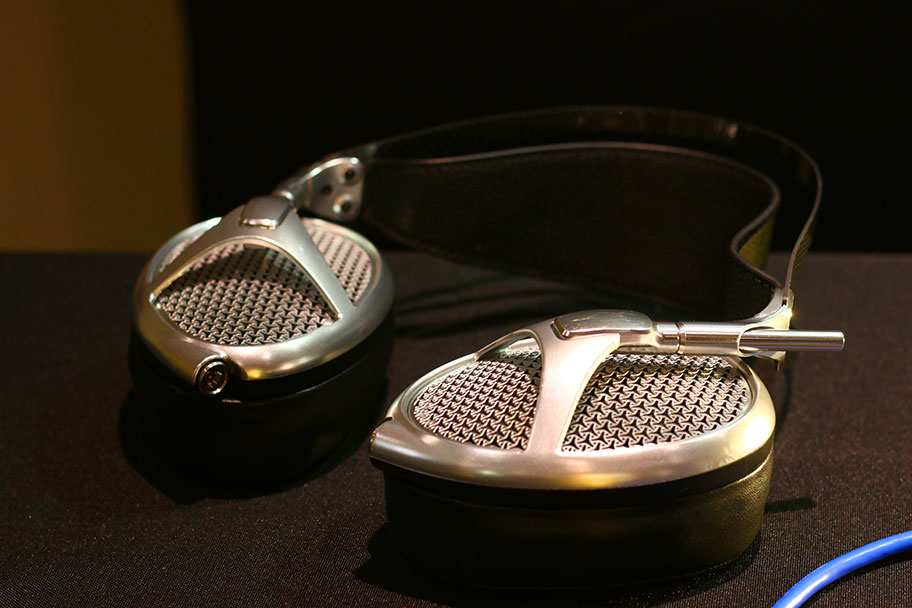
It’s almost a cliché for audiophiles to scoff at wireless headphones. Wireless Bluetooth audio, they say, cannot possibly compete with traditional wired headphones connected to dedicated headphone amps. Well, that’s changing quickly. There are now several wireless headphones that are specifically engineered for the high-end space, with an emphasis on sound quality. The most recent and exciting model is the Drop + THX Panda - the first ever pair of wireless planar magnetic headphones. The early buzz on these is superb.
If you want high-end headphones, but don’t want to sacrifice the convenience of wireless, you’ll probably be able to find a model that works for you. While you shouldn’t expect ultimate portability or features like noise-canceling yet, there’s a lot to love out there.
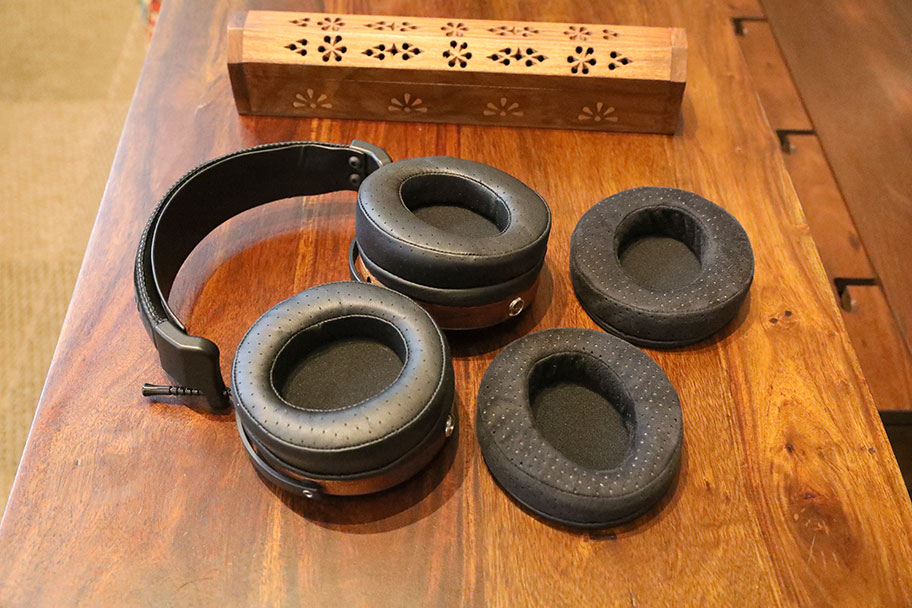
Let’s say you go very far down the rabbit hole. You’ve invested in a pair of high-end headphones, and a good headphone amp, and you really want to extract the best out of your sound. The easiest way to do this is by spending some money on the ear pads of your headphones, and the cables that connect them to the amp.
Ear pads will make the most impact. After all, they interact with the sound in a similar way to the bones in your head, changing it fundamentally. While there are no ‘standard’ ear pads that are interchangeable between high-end models, it’s easy to buy different materials for a specific pair of headphones. For example, the ZMF Aeolus (full review here) are a classy pair of high-end headphones that give you the option to buy additional earpads at checkout.
Cables are a little more contentious. We think that, unless you’re using extremely high-end equipment worth many thousands of dollars, cables probably aren’t going to make much of a difference to your sound. Even by writing this, we know that our comments section and email inbox is going to be filled with angry audiophiles, insisting that their thousand-dollar cables make a difference. But we think that your choice of cable should be based on external factors, rather than sound quality. A well-made cable will not tangle, will have robust connections, will look good, and will last you a long time. We recommend Kimber Cables.
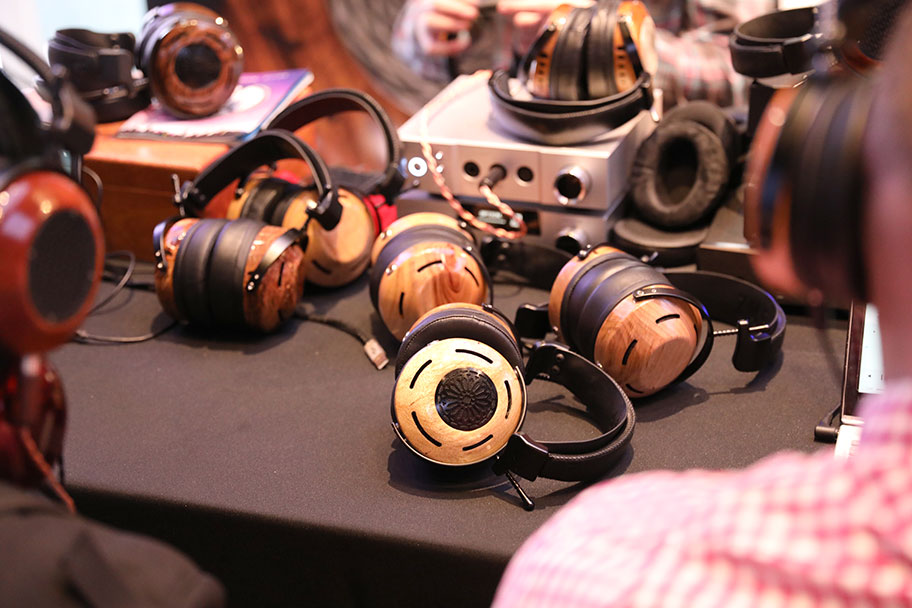
That’s the million-dollar question, so to speak. To be clear, we don’t actually advocate spending millions on a pair of headphones, but if you do, please do get in touch. We’d trade our first-born child for a chance to review them.
The question of price comes back to the difference between ‘regular’ headphones and high-end ones, and it’s quite fuzzy. You can get a very acceptable pair of high-end headphones for around $100, and there are dozens of options available at just about any price point above that. We do believe there’s an upper limit; any pair of headphones that cost over $5,000 are, as the British might say, taking the piss. At that point, any audible differences are going to come from the external equipment. Speaking of external equipment, it’s worth noting that, if you buy a pair of high-end headphones, extracting the best out of them will mean spending a little extra on headphone amps and DACs. There’s truly no getting away from that.
Unfortunately, most big name stores don’t sell high-end headphones. There’s no getting away from that either. You’re far better off using your local audio shop, or hunting around on Amazon. Check out the list linked in the button below to get a sense of what’s out there.